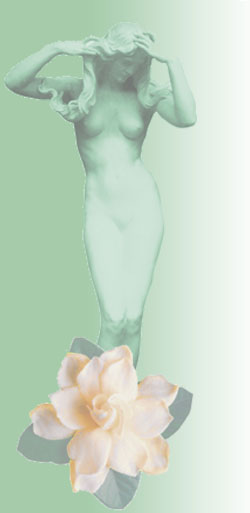

 |
Who is a Candidate? The best candidates are those looking for improvement, not perfection, in the way they look. Rhinoplasty can enhance your appearance and self-image, but it will not make you look like a movie star. Those that are physically healthy, psychologically stable, and have realistic expectations make the best candidates. Age can also be a consideration. Most doctors prefer not to operate on teenagers until after they have completed their growth spurt. It is also important to consider the teen's emotional state and if surgery is what they, and not their parents, truly want. Intended Results: Rhinoplasty, or nose surgery, is a set of popular procedures used to either correct nose related health problems or to reshape the nose for cosmetic reasons. It can correct birth defects or help to relieve some breathing problems. It can reduce or increase the size of the nose, change the shape of the tip or the bridge, narrow the span of the nostrils, or change the angle between your nose and your upper lip. Procedure Description: Most nasal surgery is performed on an outpatient basis. Depending on the procedure the doctor may use general anesthesia and/or sedation. With local anesthesia, you'll usually be lightly sedated, and your nose and the surrounding area will be numbed; you'll be awake during the surgery, but relaxed and insensitive to pain. With general anesthesia, you'll sleep through the operation. General anesthesia is usually better for more extensive rhinoplasty or septal surgery. Local anesthesia is usually better for small adjustments or hump removal. Rhinoplasty usually takes an hour or two, though complicated procedures may take longer. During surgery the skin of the nose is separated from the bone and cartilage, which is then sculpted to the desired shape. The type of sculpting will depend on your problem and Dr. Palma's preferred technique. Finally, the skin is secured to the new underlying framework. Recuperation and Healing: After the surgery you can expect to feel uncomfortable with a possible headache. Keeping the head and neck elevated will help reduce swelling and discomfort. An external splint will support the outside of the nose. Sometimes soft rubber splints will be used to support the inside. Packing is not necessary in most cases. Any stitches or splints will be removed in five to seven days and any swelling or bruising will last about seven to ten days. You will start to see results in as little as two weeks with further details revealed over the next six months. A little drainage is common during the first few days following surgery, and you may continue to feel some stuffiness for several weeks. Dr. Palma will probably ask you not to blow your nose for a week or so, while the tissues heal. Most rhinoplasty patients are out of bed within two days, and able to return to their jobs on a limited basis a few days to a week or so following surgery. It will be several weeks, however, before you're back to a normal routine. Dr. Palma will give you specific guidelines for gradually resuming your normal activities. Avoid strenuous activity (jogging, swimming, bending, sexual relations-any activity that increases your blood pressure) for two to three weeks. Avoid hitting or rubbing your nose, or getting it sunburned, for eight weeks. Be gentle when washing your face and hair or using cosmetics. You can wear contact lenses as needed, but glasses will have to be propped on your cheeks for another six to seven weeks, until your nose is completely healed. You will come in for follow-up visits in the months after surgery so Dr. Palma can check on the progress of your healing. Insurance Guidelines: When nose surgery is performed to improve breathing function, it is considered reconstructive and may be covered by insurance. This requires a detailed examination to verify the cause of your breathing impairment and prior authorization from your insurer. NOTE: The specific risks and the suitability of this procedure for a given individual can be determined only at the time of consultation. All surgical procedures have some degree of risk. Minor complications that do not affect the outcome can occur occasionally. Major complications are unusual. |